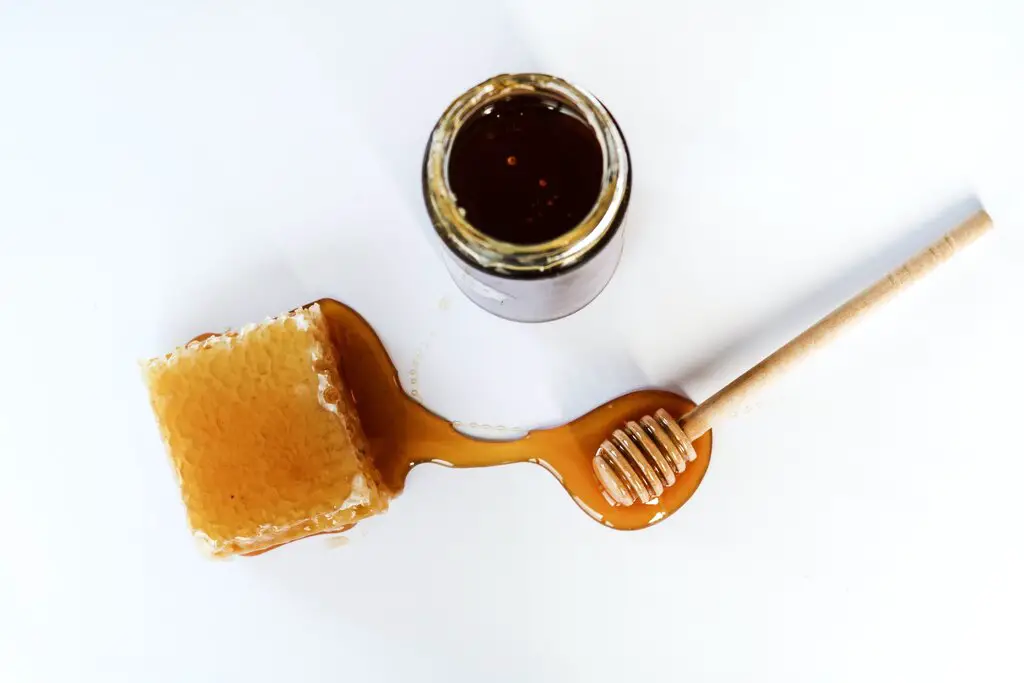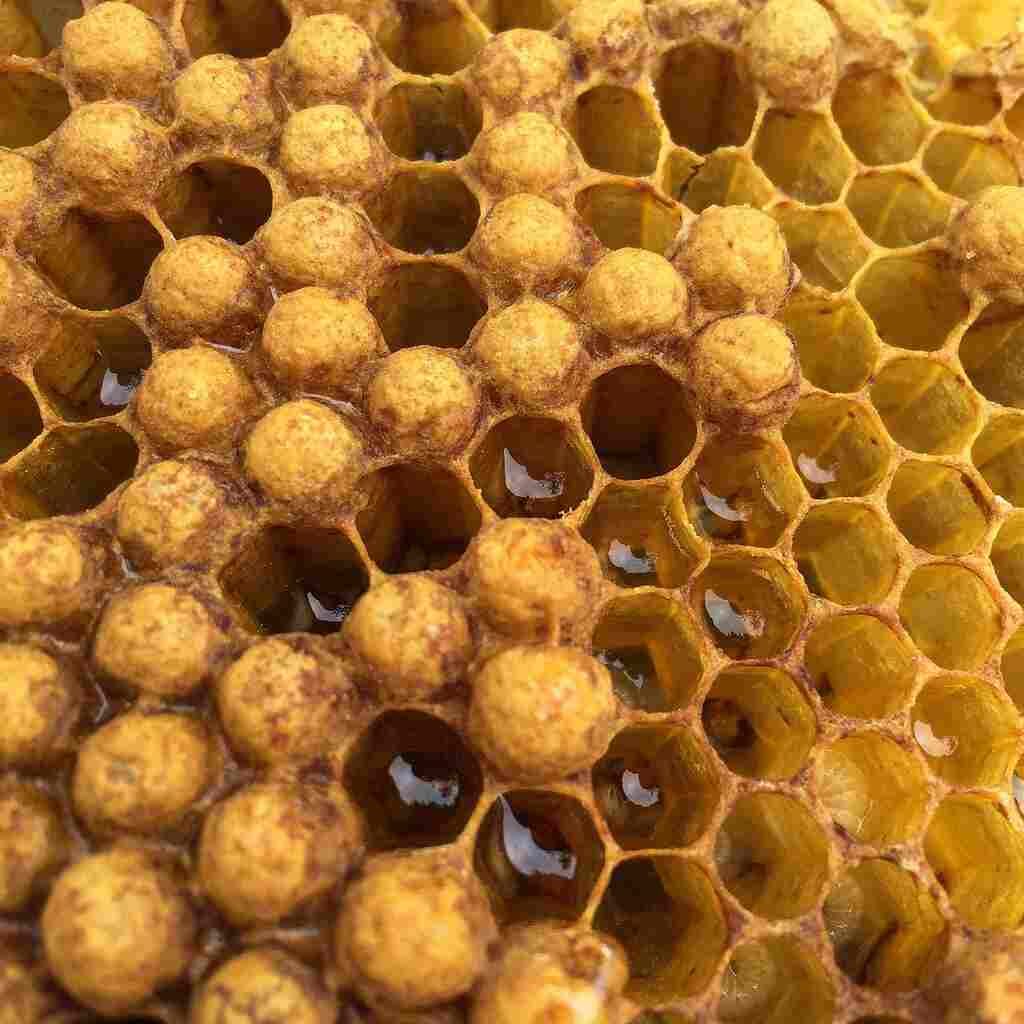As the weather begins to cool, and the leaves begin to change color, it’s time to start thinking about harvesting and extracting honey from your beehive. While this process is not easy, it is definitely worth your time and effort. In this guide, you will learn how to harvest honey from your beehives.
To harvest honey from Langstroth hives, calm the bees with smoke and drive them away from the super. Then, remove the super to collect the honeycomb. While honeycombs can be consumed directly, liquid honey needs to be extracted for storage. This should be done directly after harvest.
A smoker is indispensable for all backyard beekeepers. Beekeepers have been using smokes to calm bees since ancient times. Remember, you are taking away precious honey from the bees. So, expect the bees to retaliate if you don’t use smoke.
You should have learned how to use a smoker by this point of time. If you don’t, refer to this guide.
While veteran beekeepers may choose not to wear personal protection equipment, such as a bee cloth, when harvesting, I strongly urge you to wear full PPE. The bees might attack you for taking away their honey.
Some bees will be working in the super, where the honey surplus is located. To make removal easier, you need to keep them away. The easiest way to do so is by using a fume board coated with Fischer’s Bee Quick.
Simply apply Bee Quick on the underside of the fume board, and use the fume board to cover the super. Remove the fume board after 5-10 minutes. By then, the bees should have been driven downward by Bee Quick.
Bee Quick is a natural product that repels the bees. You don’t have to worry about poisoning your bees and honey. It works best at higher temperature (eg. on a sunny day).
There are other methods to remove the bees from super, such as manually brushing the bees off, using a blower to blow them off, and using an escape board. Those methods are more time-consuming, though.
Once you have kept the bees away from the super, cover the super immediately so that you don’t trigger robbing frenzies.
How to Extract Honey?

Honey extraction is required if you wish to store the honey for a long period of time. To do so, you need an extractor, which can be loaned from another beekeeper or from your local beekeeper association.
To extract honey from framed honeycombs, cut the cap off the honeycomb using a heat knife and uncapping fork. Then, put the frames into the extractor to spin out the honey. Strain the honey to remove any wax or wood using a colander before storing them. Don’t throw away the cap because it can be used for other purposes.
You should extract the honey on the same day it is harvested. Honey left in the air too long will absorb moisture and become fermented. Hence, be sure to do some planning before harvesting. Things that you need to consider when planning for extractions are:
Location
You definitely don’t want to attract the bees when extracting honey. Hence, extraction must be done indoors. Look for a spot with good ventilation, a power plug, and spacious enough for you to do your work.
Time
The extraction process can take hours, especially if you are using a hand-crank extractor. Make sure you check your schedule and allocate half a day for harvest and extraction, especially if this is your first time.
Tools and Equipment
Prepare your heat knife, uncapping fork, extractor, container for your honey, trays and colander before you harvest the honey. Make sure you know how to use those tools.
Here’s a video that shows you how to extract honey.
Note this section is applicable only for framed honeycombs.
When to Harvest Honey?

The honeycomb is ready for harvest if it has more than 80% of capped honey cells. Uncapped honey cells are not cured and have high water content, which makes it easy to ferment and turn bad. Hence, you need to be patient and wait for your bees to cap those honeys.
On the other hand, you don’t want to wait until it’s too late to harvest. If you leave the honey in the super for too long, the bees may start consuming the honey. Moreover, honey begins to crystallize when it gets colder, making it more difficult to extract than it would in the summer.
Always work on a sunny day. This is the time when the bees are out foraging. It is always easier to work on the hive when most bees are away.
How much Honey to Harvest?
Modern beehives usually have a compartment to store honey surplus, usually called the super. You can harvest all honey in the super, but only those in the super. The remaining honey is required by the colony to sustain itself, especially during the winter.
How much Honey can I get from a Hive?
In general, backyard beekeepers can obtain 30 to 60 pounds of honey surplus per hive. The actual amount is dependent on the bee stock and how strong and healthy the colony is. Environmental factors and the size of your brood also play a role in affecting the amount of honey you can harvest.
Italian bees and Buckfast bees are among the most productive honey bees. Under the most optimum setup and environment, you may even get up to 100 pounds of honey in a harvest.
Of course, if the weather is not optimum (eg. longer winter and shorter sunny day), and if your bees are plagued by illness and parasites, there will be less honey for you to harvest.


